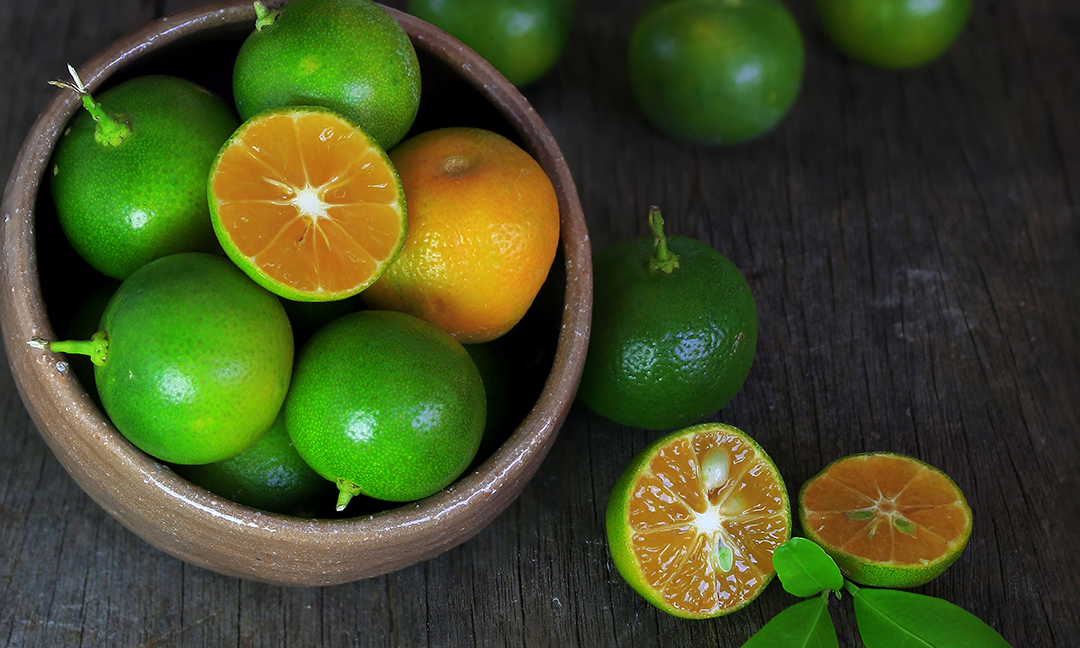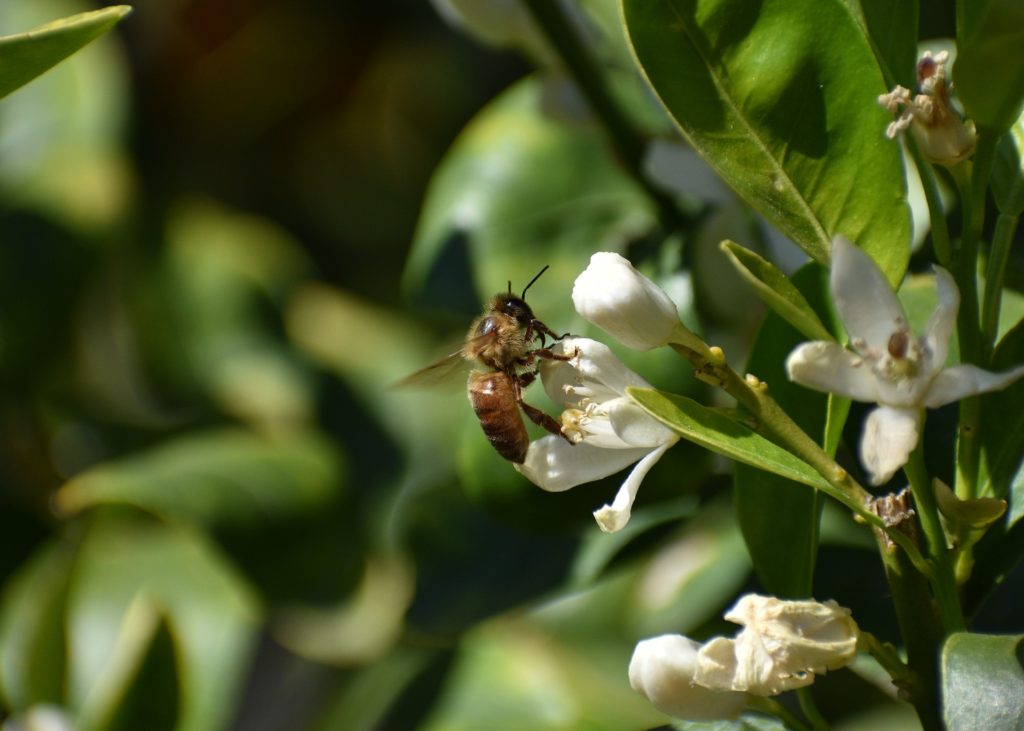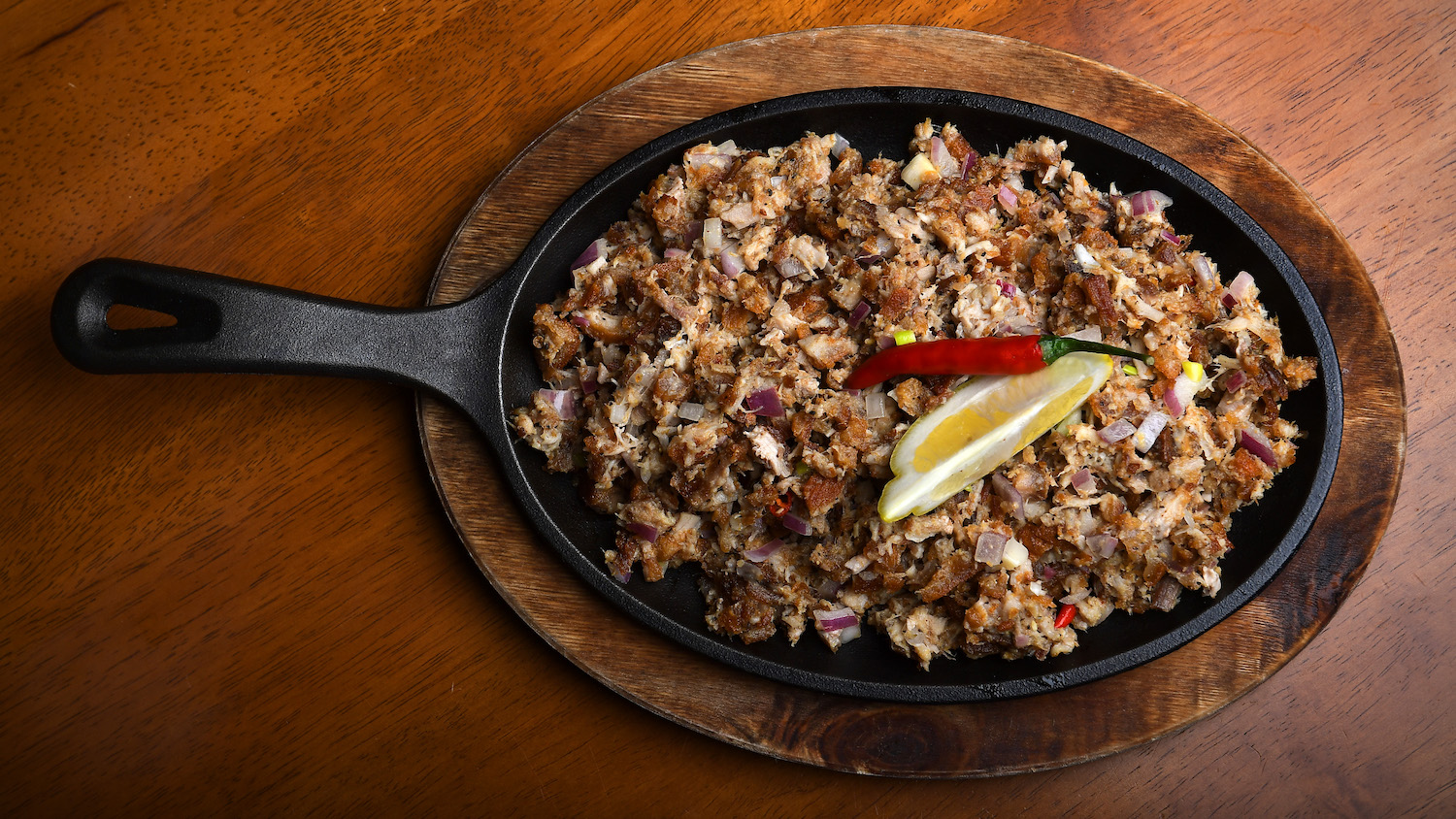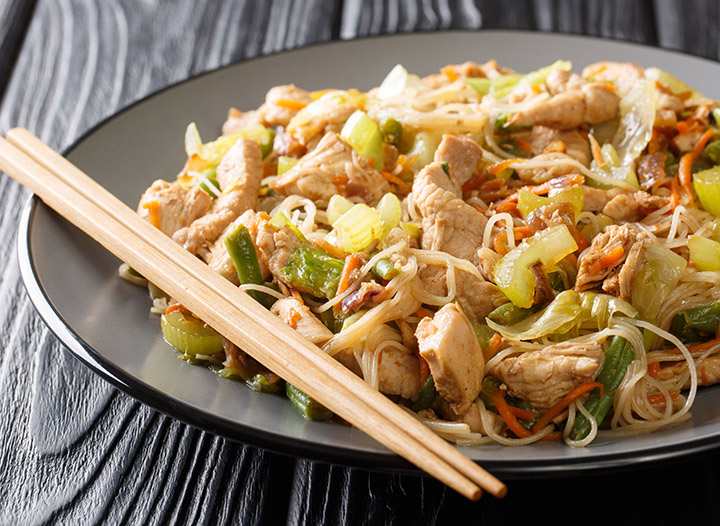You’ve probably heard of calamansi (also spelled “kalamansi” or called “calamondin”) or seen it in text as you scrolled through Filipino recipe sites. Technically, it’s a hybrid citrus plant derived from kumquat and mandarin orange parents. But it’s best known as a small round fruit, about one-third the size of a lime.
Native to Southeast Asia, particularly in the Philippines and Malaysia, the fruit is sometimes called a Panama orange, Philippine lime or calamansi lime. It’s ubiquitous in Filipino cooking, often used as a garnish or key ingredient, and popular as a sweet and tart juice.
Read on for more about this tiny fruit, its popular uses, its purported health benefits, and where you can find it.
What Does Calamansi Look and Taste Like?
Calamansi grows on a tree as a small, round, green fruit that becomes orange as it ripens. The rind is thin and easy to peel, and only becomes easier to peel as it ripens. But you’re not likely to peel this fruit.
Chances are, you’ll halve it and squirt it over a prepared Filipino dish or use it in marinade. It tastes like a sour orange with just a hint of almost-floral sweetness. It’s small and easy to squeeze, but one calamansi will likely yield only 1/3 of an ounce.
What Are the Popular Uses for Calamansi?
From food to beauty, this fruit has a myriad of uses: It’s a garnish, a cooking ingredient, a drink, a wellness supplement, a beauty secret, a deodorant, and a scalp treatment.

A Garnish or Condiment for Prepared Foods
In cooking, the bright acidity of calamansi is a nice complement to the saltiness of fish sauce (or patis). At a Filipino restaurant, you’ll see sliced or halved calamansi served as a garnish with many dishes, like pancit, arroz caldo, and sisig. You might even see it offered with hot water in a finger bowl so you can clean your hands.
If you’re at a Chinese restaurant in the Philippines, the first thing you’ll see on your table are several calamansi halves and soy sauce. It’s the basic dip for dim sum and other Chinese noodle dishes.
You can also try this fruit as a marmalade, which is great on toasted bread or toasted pan de sal, the popular fluffy Filipino bread roll.
The Acid in Marinade
Every good marinade, in any cuisine, will include an acid. Carne asada steak is marinated with lime and most fish marinades include lemon. No doubt, calamansi is a necessary addition to Filipino marinades, like for bistek (Filipino beef steak) or skewered chicken and pork BBQ. Classic bistek marinade is made up of some proportion of the juice of freshly-squeezed calamansi, soy sauce, garlic, and a deliciously ridiculous amount of black pepper.
Calamansi Juice: A Refreshing Drink
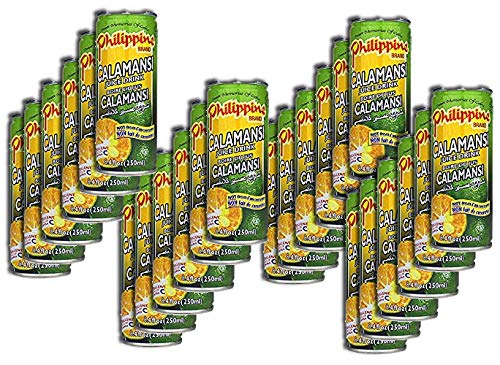
Calamansi can also be used to make a refreshing or sweet drink. There are some nice recipes to guide you through making homemade calamansi juice, a Filipino take on lemonade or limeade. Or you can buy canned or bottled juice, like from Philippine Brand. These store-bought options will taste less like a puckery lemonade, and more like sweet orange juice.
A Wellness Supplement
High in vitamin C, some people consume the fruit in hopes of boosting their immune system. Growing up in 1950s Philippines, my mom would often be given a 2-ounce shot of equal parts fresh calamansi juice and honey to ward off a cold or cough. Today, my mom will make hot tea with hot water, the juice of three or four calamansi fruits, and a tablespoon of honey. If nothing else, it’s soothing for the throat.
What Are the Health and Beauty Benefits?
Health and Wellness
Aside from being high in antioxidants, vitamin A, calcium and potassium, this golden lime is rich in vitamin C, which can boost collagen production. Some studies suggest that calamansi has anti-flammatory properties, can help manage blood glucose control, can help lower cholesterol, and can help with kidney health. Although additional studies would need to be conducted and published to know all this for certain.
Beauty
The fruit also has many popular uses in beauty. As a citrus fruit, it’s believed to act as a natural bleaching agent for the skin. In the Philippines, you’ll likely see people using calamansi to bleach or lighten dark spots on their skin. The thinking is that the acid content will act as a natural exfoliant to slough off the outermost layer of skin, revealing rejuvenated, glowing skin.
It’s also used in personal hygiene. Some people use the fruit as deodorant, by applying the fresh juice or extract to their armpits. Others will add juice or extract to their bath. And some swear by using it as dandruff treatment: rub halved calamansi directly to the scalp to help ease itchiness and flaking, and prevent dryness.
How Can You Grow a Calamansi Tree?
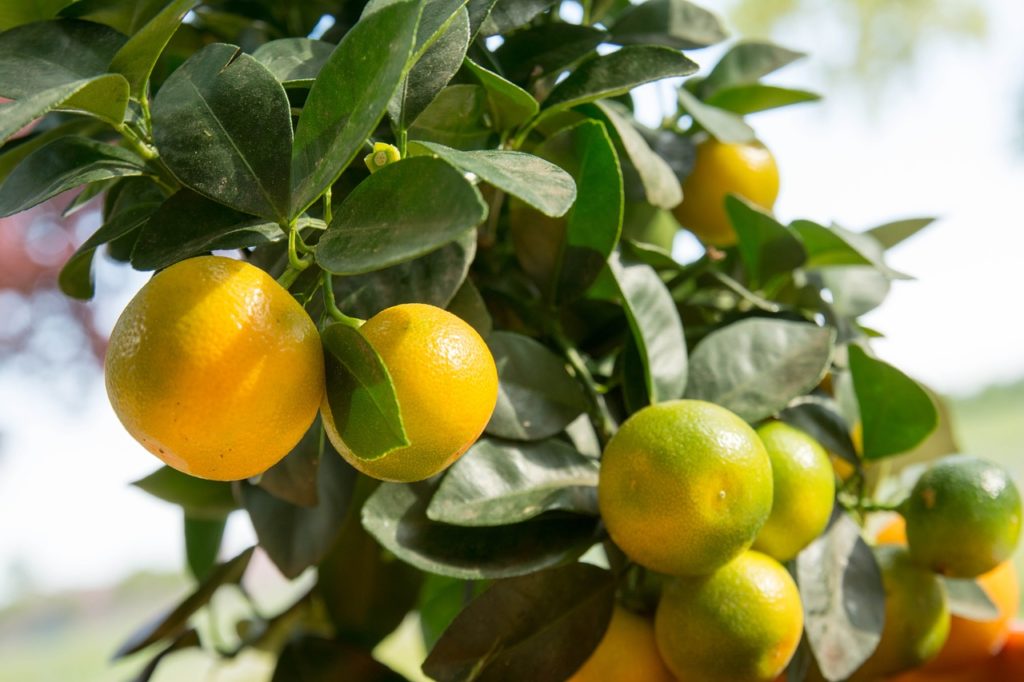
From Amazon to Lowe’s, to Home Depot and your local nursery, it’s now easy to buy a calamansi plant (or citrofortunella microcarpa plant). And assuming you plant the tree outdoors, it’s also fairly easy to maintain, especially for experienced gardeners.
Calamansi trees can grow anywhere from six and a half to 25 feet tall. The branches are light, leaves are plentiful, and its small flowers, or blossoms, are very fragrant.
Because it’s native to tropical climates, you’ll need to give the fruit tree lots of sunlight and keep the soil moist. The soil will need to be fertilized every four or so months. Be sure to use a larger quantity of fertilizer once the tree starts bearing fruit — which will take two to three years.
Harvesting fruit is the easiest part: Pick it by hand while it’s still green or wait until it ripens to a greenish orange. You can store the fruits in a bowl at room temperature for a couple weeks. They’ll keep even longer in the fridge. Just be sure not to store them in an airtight container or else they’ll mold faster.
Where Can You Buy Calamansi?
In the United States, you can buy calamansi in many forms at Asian or Filipino grocery stores, and online, like at Pinoy Warehouse and Filipino Store.
For the fresh fruit, a nearby Filipino grocery store such as Seafood City or Island Pacific is your best bet.
Other forms to look out for are:
- Canned or bottled juice
- Soda
- Extract
- Puree
- Concentrate
- Flavored sauces
- Flavored packaged foods
The nutrition labels and added ingredients across all these food items will vary, and they all have their uses. Packaged juice can be a sweet or refreshing treat. Meanwhile, having the concentrate on hand will help you make hot tea if you’re in a pinch — just mix 1-2 tablespoons of calamansi concentrate into hot water.
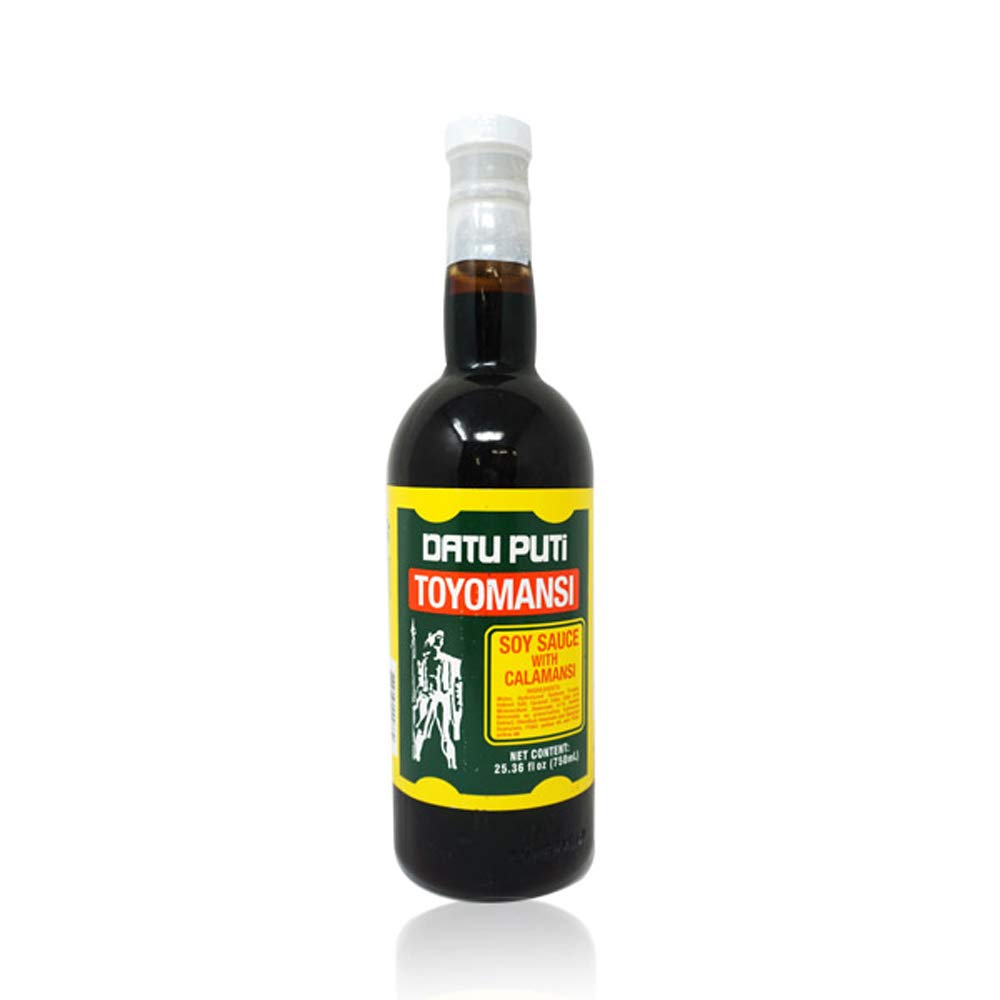
As for flavored sauces, you’ll find several variations at Filipino stores. Some of the more notable brands are Datu Puti and Maggi. There’s the famous Datu Puti Toyomansi, which is soy sauce flavored with calamansi. Then there’s Maggi Savor Calamansi, a liquid seasoning that’s often used in cooking or as a base for dips. Finally, you can also find calamansi-flavored packaged goods, like instant noodles. Growing up as a Filipino American, Lucky Me! Pancit Canton was definitely a junk food favorite.
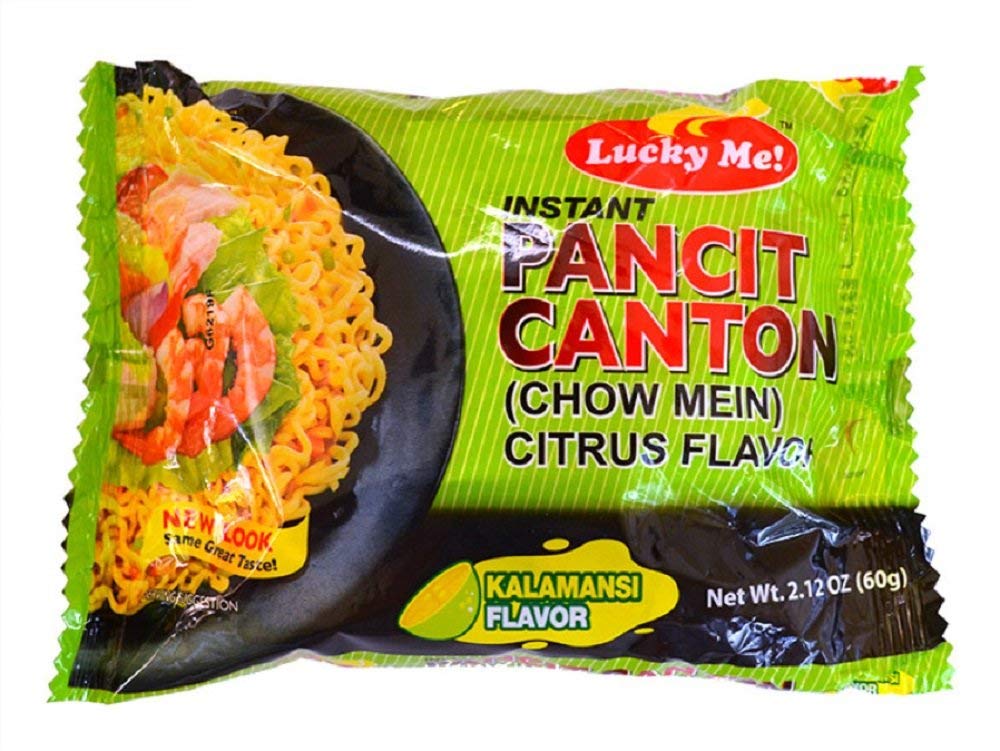
Try It If You Find It
If you come across calamansi, whether it’s the fresh fruit itself, or a flavored food ingredient, be sure to pick it up. You might find that it’s easy to integrate into your cooking.

